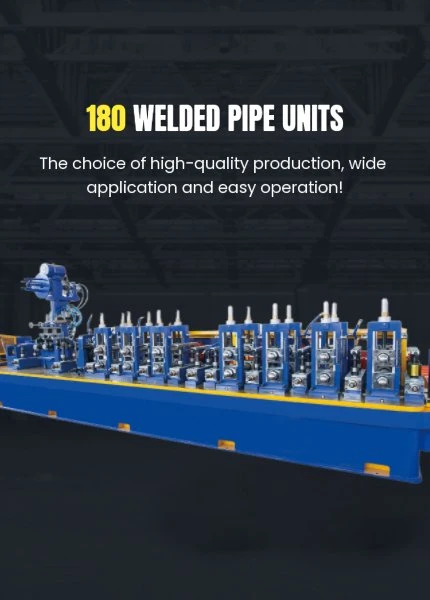hdpe pipe production line
HDPE Pipe Production Line An Overview of the Process and Benefits
High-Density Polyethylene (HDPE) pipes have emerged as one of the most efficient and cost-effective solutions for a variety of applications, including water supply, drainage, and industrial systems. The production of HDPE pipes involves specialized equipment and processes designed to ensure high quality, durability, and performance. This article delves into the HDPE pipe production line, exploring the key processes involved, the technology used, and the many benefits associated with HDPE pipes.
The HDPE Pipe Production Process
The production of HDPE pipes generally consists of several stages material preparation, extrusion, cooling, shaping, and quality control. Below are detailed explanations of each step.
1. Material Preparation The process begins with the selection and preparation of HDPE resin. The resin is fed into a hopper, where it is mixed with colorants, stabilizers, and other additives to enhance performance characteristics such as UV resistance and impact strength. The precise formulation ensures that the pipes meet specific industry standards and application requirements.
2. Extrusion The prepared material is then transferred to an extruder. An extruder is a machine that melts the HDPE resin at high temperatures and pressures. The molten plastic is forced through a die, which shapes it into a continuous tube. This section of the production line is crucial, as the temperature and pressure conditions must be meticulously controlled to produce uniform and high-quality pipes.
3. Cooling Once extruded, the newly formed HDPE pipe enters a cooling chamber. Here, water or air cooling systems are used to solidify the pipe, ensuring it retains its shape and dimensions. This cooling stage is vital because it impacts the physical properties of the finished product, including strength and flexibility.
4. Shaping After cooling, the pipe may undergo additional shaping processes, such as cutting to length or adding special features, like grooves for joined fittings. Advanced manufacturing techniques, such as co-extrusion, may also be employed to create multi-layer pipes that enhance performance, allowing for better functionality in various environments.
5. Quality Control The final stage in the production line involves rigorous quality control testing. Each batch of pipes is tested for mechanical and physical properties, including tensile strength, impact resistance, and flexibility. Compliance with industry standards such as ASTM and ISO ensures that the pipes will perform reliably in the field.
hdpe pipe production line

Advantages of HDPE Pipes
HDPE pipes offer numerous advantages over traditional materials like metal or PVC. These benefits include
- Durability HDPE pipes are resistant to corrosion, chemicals, and abrasion, which significantly extends their lifespan. They can withstand rugged environments, making them ideal for various applications, from municipal water systems to underground installations.
- Lightweight Compared to traditional materials, HDPE pipes are much lighter, which reduces transportation costs and makes installation easier. This lightweight nature allows for quicker installation and can reduce labor costs significantly.
- Flexibility HDPE pipes can be easily bent to accommodate curves and obstacles in the installation landscape. Their flexibility not only facilitates installation but also helps mitigate issues related to ground movement, reducing the risk of damaging the pipes.
- Leak-Free Joints The production process allows for the creation of joints that can be heat-fused together, resulting in seamless and leak-free connections. This characteristic is critical in preventing water loss and contamination in various applications.
- Environmentally Friendly HDPE is a recyclable material, contributing to sustainability initiatives. Its long service life also minimizes the need for frequent replacements, further reducing environmental impact.
Conclusion
The HDPE pipe production line is a sophisticated process that combines advanced technology and engineering to produce high-quality pipes suitable for various applications. The attributes of HDPE pipes—durability, lightweight nature, flexibility, and environmental friendliness—make them a preferred choice in the industry. As infrastructure needs continue to grow globally, the demand for HDPE pipes is expected to rise, further solidifying their role in modern construction and utility projects. Through continuous advancements in technology and production methods, the HDPE pipe industry is well-positioned to meet these demands efficiently and sustainably.
-
High Frequency Straight Seam Welded Pipe Production Line-BzZhou Xinghua Machinery Equipment Manufacturing Co., LTD.|line pipe steel&welded gas pipeNewsJul.30,2025
-
High Frequency Straight Seam Welded Pipe Production Line-BzZhou Xinghua Machinery Equipment Manufacturing Co., LTD.|High Precision&Automated SolutionsNewsJul.30,2025
-
High Frequency Straight Seam Welded Pipe Production Line - BzZhou Xinghua Machinery Equipment Manufacturing Co., Ltd.NewsJul.30,2025
-
High Frequency Straight Seam Welded Pipe Production Line-BzZhou Xinghua Machinery Equipment Manufacturing Co., LTD.|Precision Welding, High EfficiencyNewsJul.30,2025
-
High Frequency Straight Seam Welded Pipe Production Line|BzZhou Xinghua|Precision Welding&EfficiencyNewsJul.30,2025
-
High Frequency Straight Seam Welded Pipe Production Line - BzZhou Xinghua|Precision Engineering&EfficiencyNewsJul.30,2025


